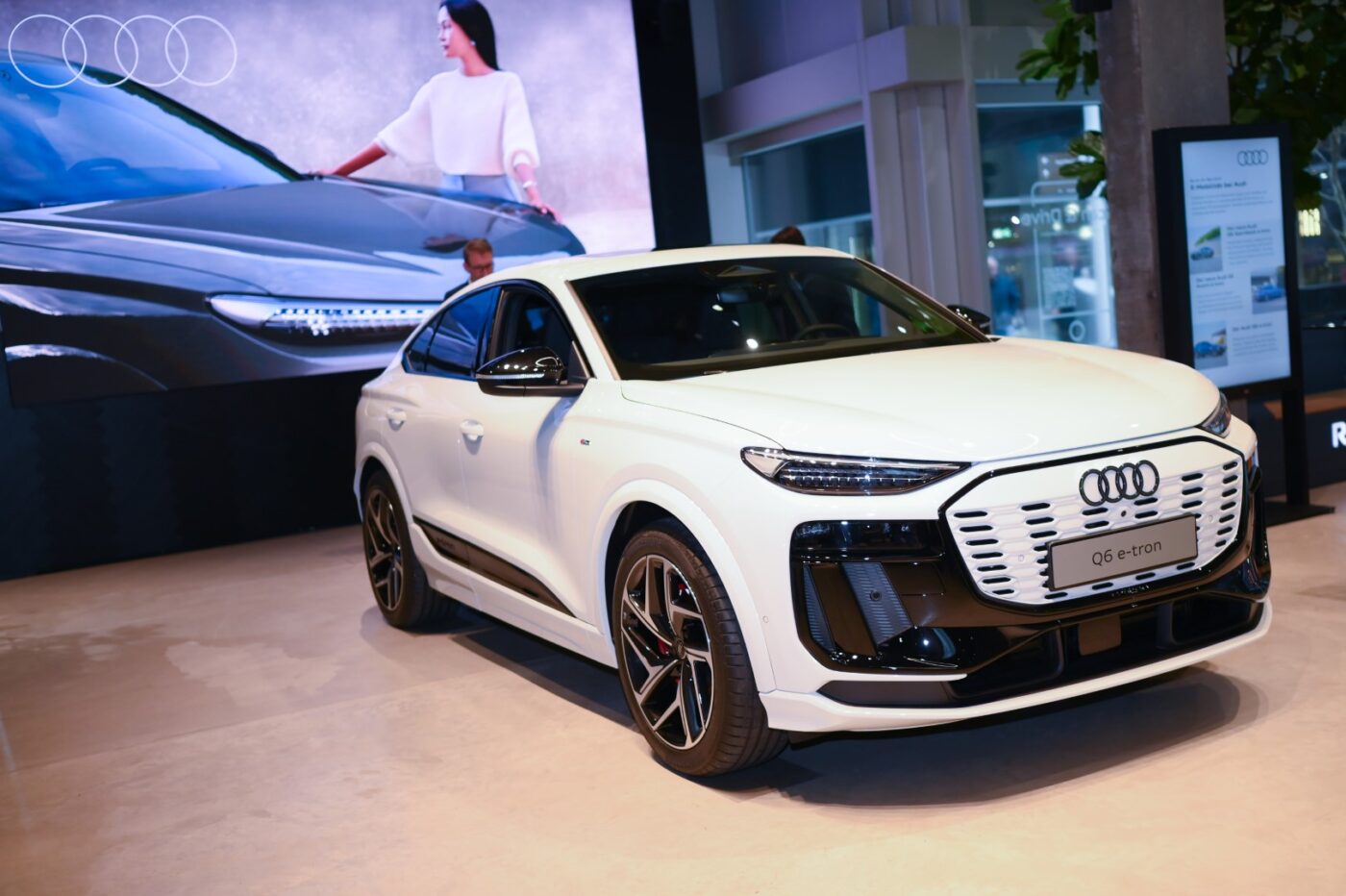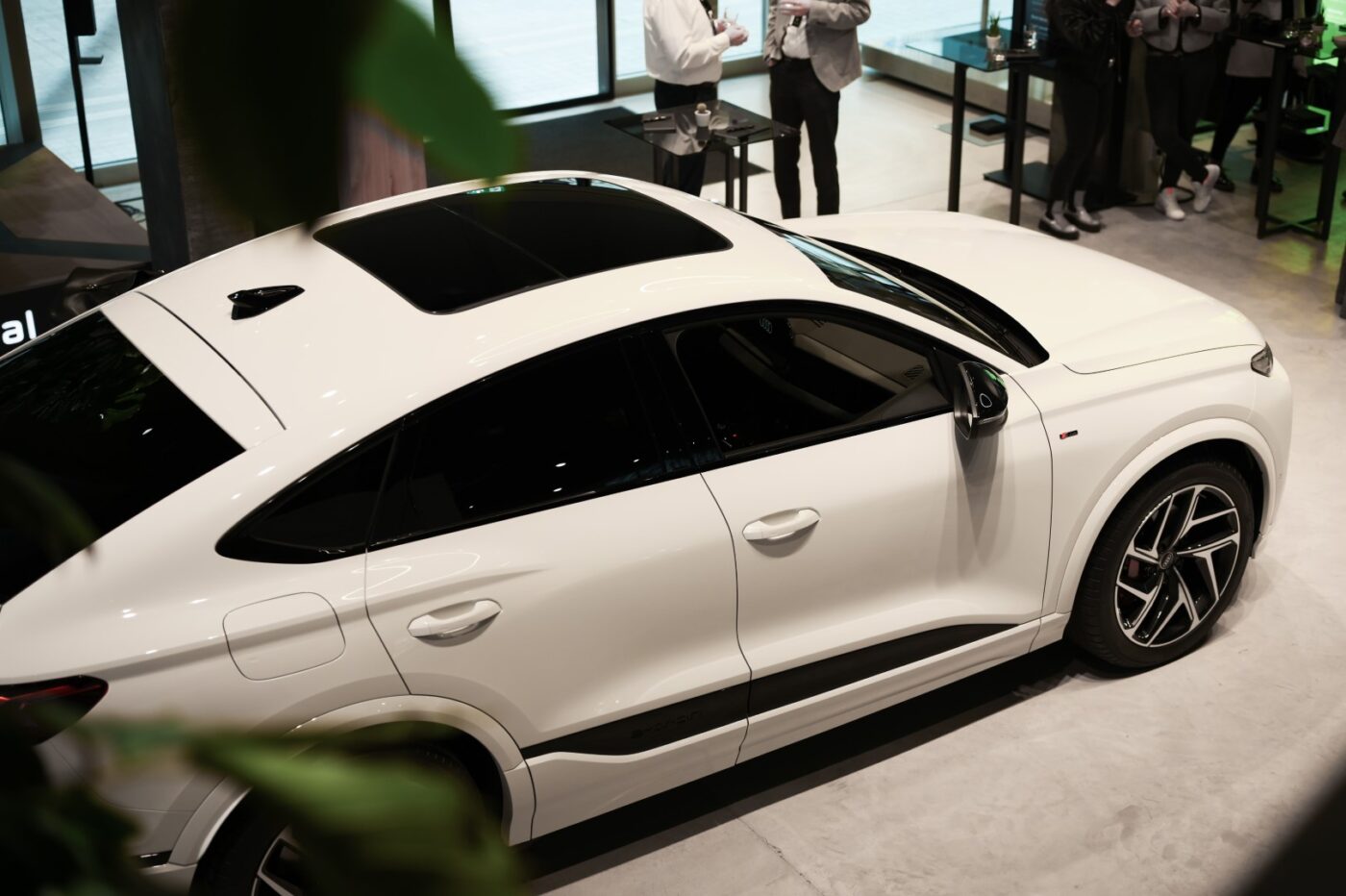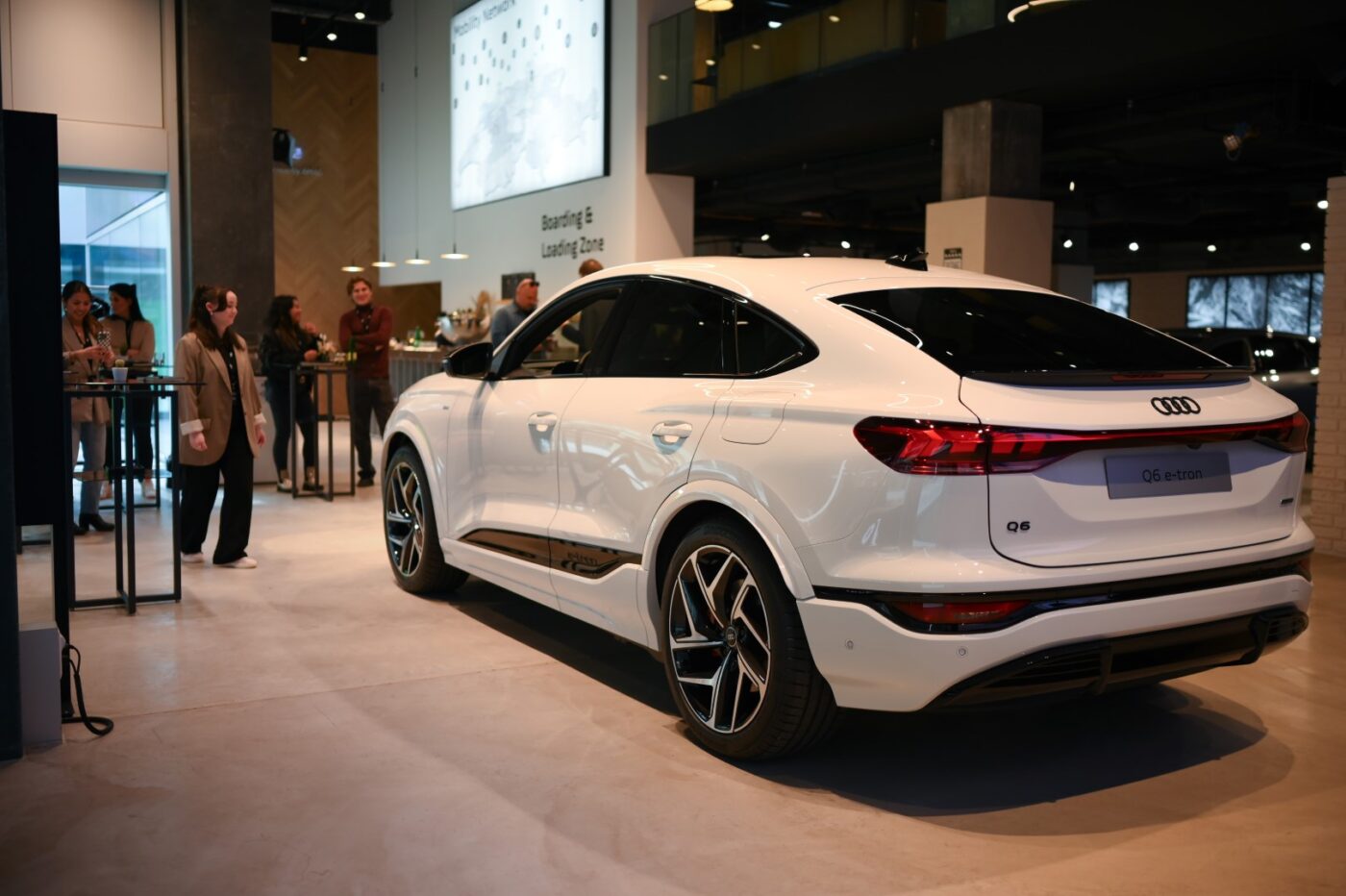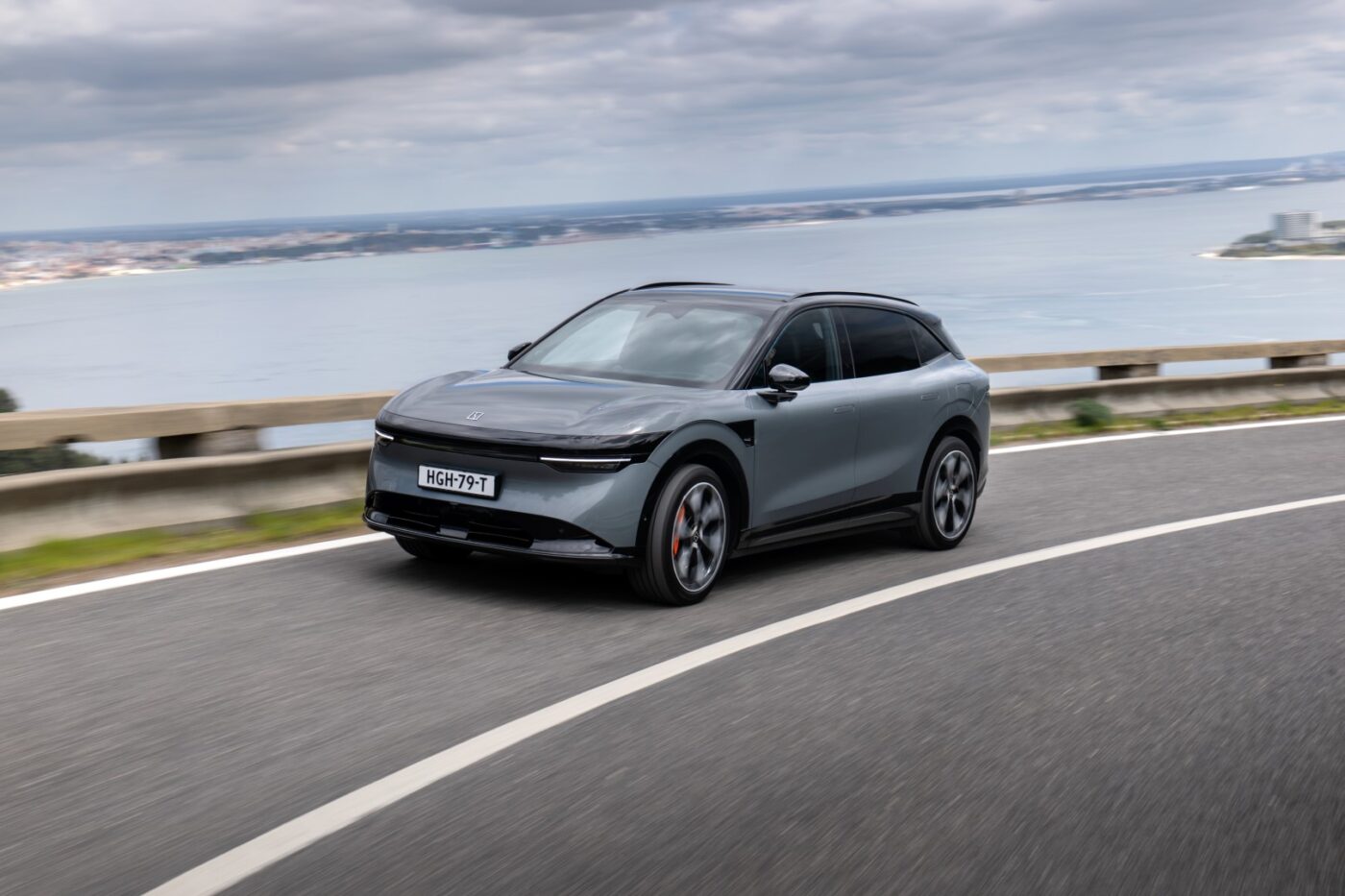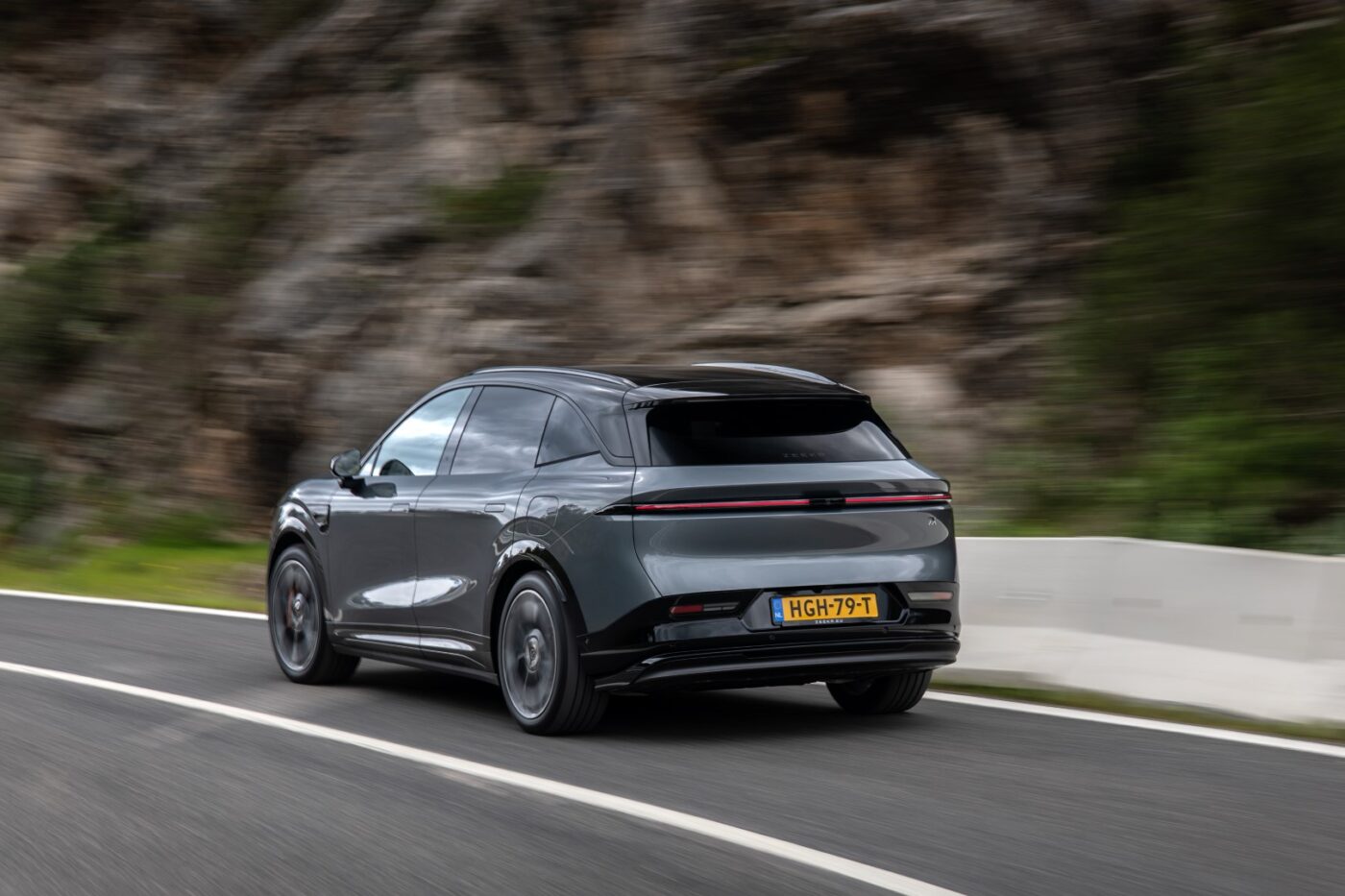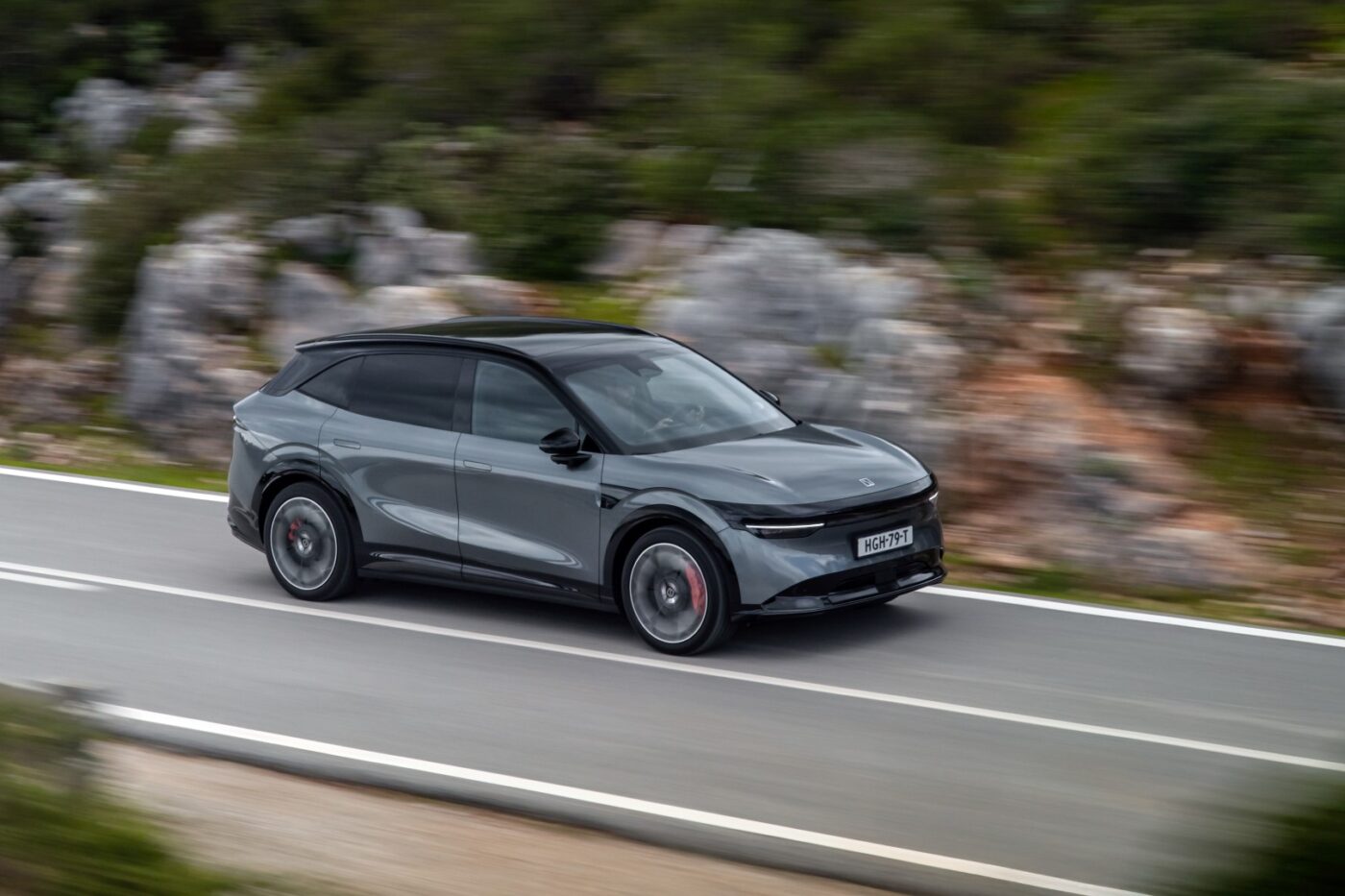Retrofitting trailer couplings: So that the hook has no hook
Since the boom in rear-mounted bike carriers, trailer couplings have never been more in demand. But there are a few things to bear in mind when retrofitting. We provide tips and explain why retrofitting abroad is not a good idea and what you need to know about the red bike rack control plate.
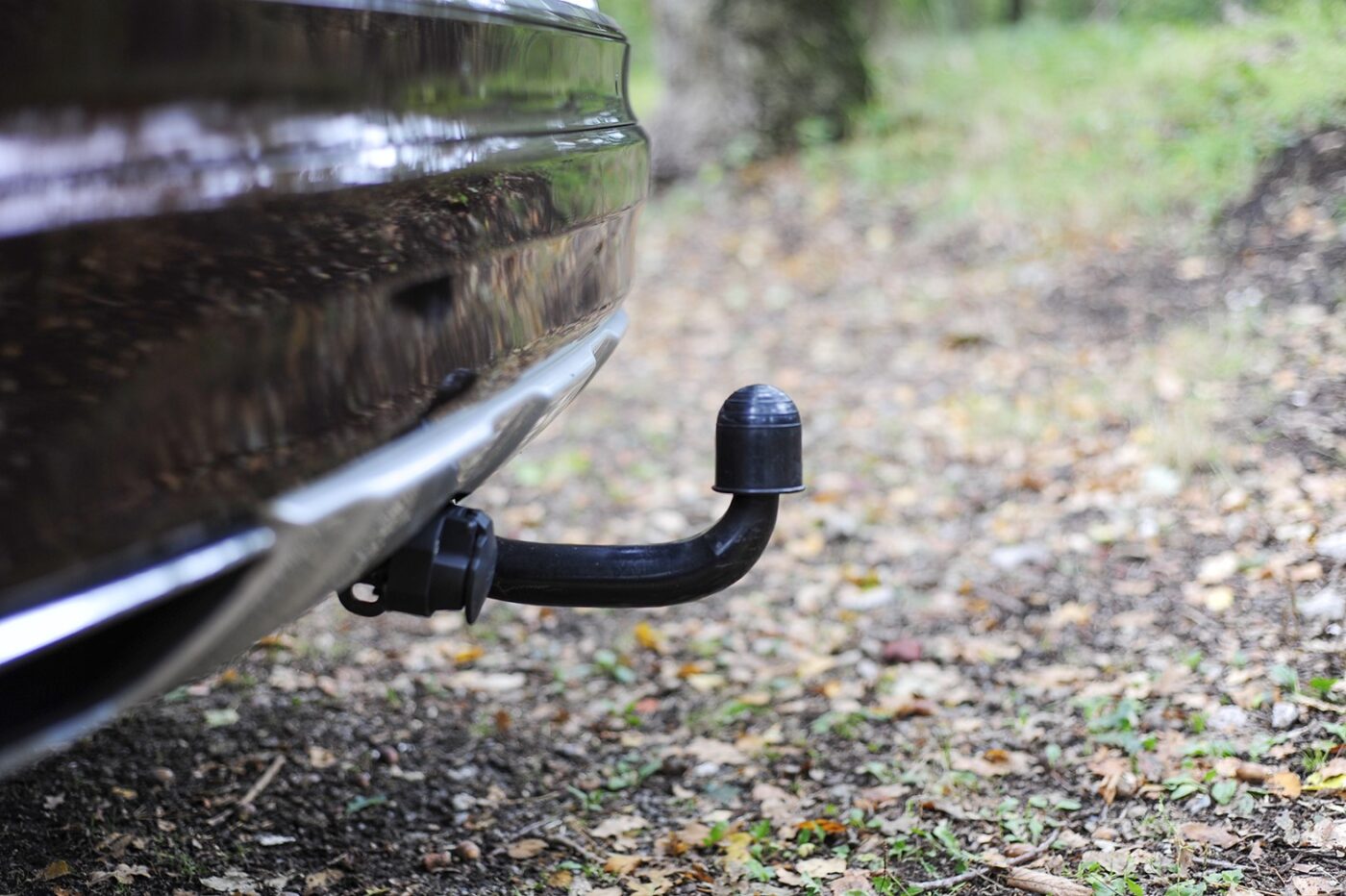
Since the spread of rear-mounted bike carriers, towbars have become an issue even for many drivers who have nothing to do with trailers. But how does your own car - for example a newly purchased used car - get a towbar if it doesn't already have one?
Retrofitting towbars is basically no magic trick. It is possible for almost all cars and there are offers from both car manufacturers and independent suppliers, whereby the electrical connection box is required in addition to the actual hook. The costs vary depending on the car, the model, the desired drawbar load, the intended use and the design. Rigid towbars (i.e. with a fixed ball head) are the cheapest in terms of costs (material and labor). However, they also have disadvantages. The exposed, fixed ball head is constantly exposed to the weather and quickly causes damage and often bruises on the shins when maneuvering. The solution could be a detachable towbar, but it is more expensive. However, there is a much more elegant solution: Although towbars that can be folded in and out are a popular solution, especially for new cars, they are also the most expensive solution when retrofitting.
Do-it-yourself is not advisable
It starts with the fact that the towbar and the electrics must be type-approved and suitable and permitted for the vehicle. Depending on the vehicle, this can be a bit of a science in itself, which is why garages are the right people to contact. Furthermore, simply googling can lead you down the wrong path. For example, the internet likes to claim that it is sufficient to carry the relevant documents once a towbar has been fitted. In fact, there are countries where this is the case. But beware: In Switzerland, a retrofitted towbar must always be checked and registered in the vehicle registration document. An ideal choice are therefore specialist garages that have a permit for self-acceptance. These garages are allowed to carry out the inspection themselves, eliminating the need to go to the MFK. The addresses of these specialist companies can be obtained from road traffic offices or from the sections of the AGVS car trade association, for example.
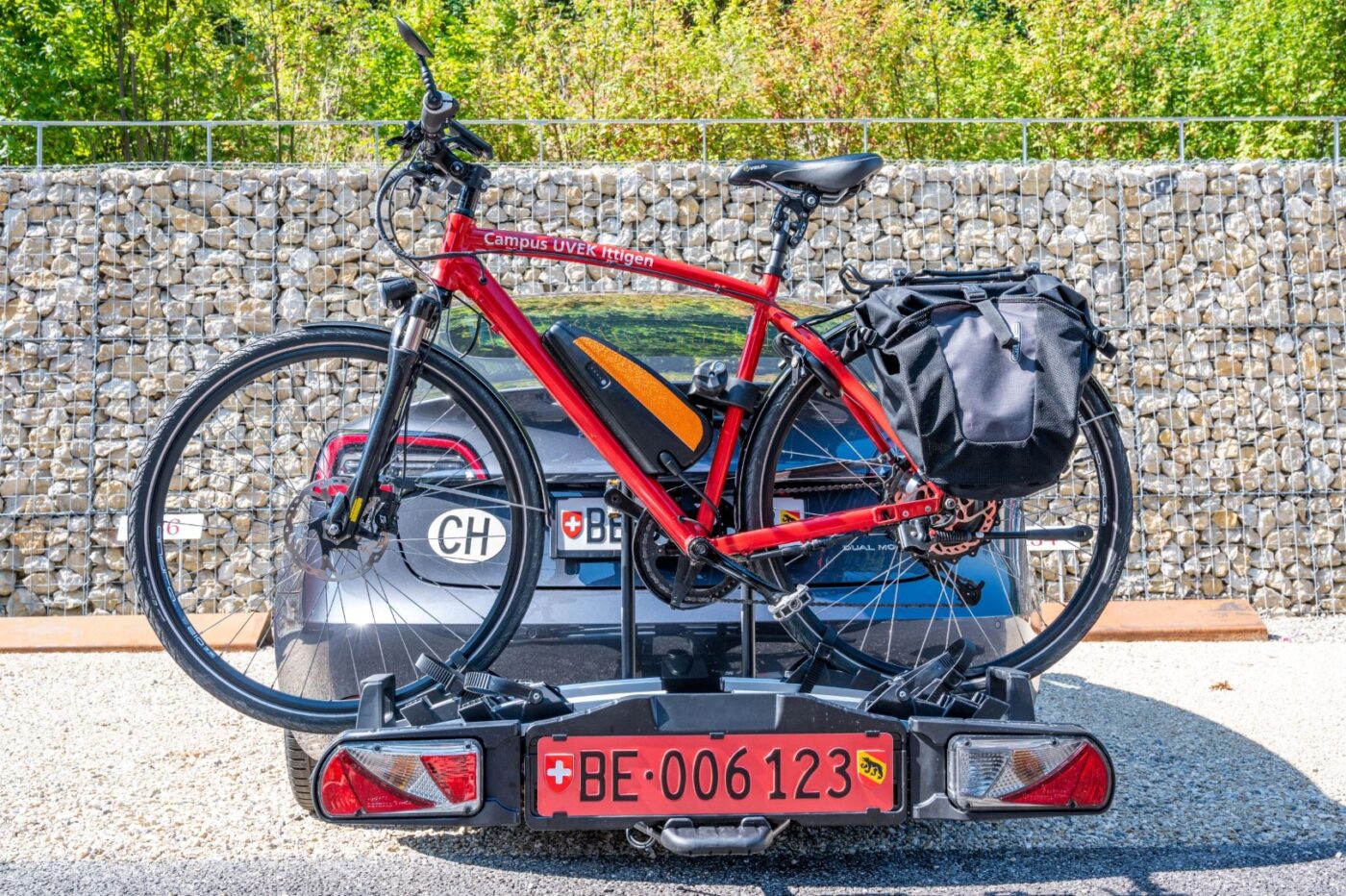
Isn't it cheaper abroad?
This common tip should be taken with a grain of salt. Of course it is possible to have the towbar fitted abroad. However, foreign companies are not necessarily familiar with Swiss regulations. Not to forget: The time and travel costs for the journey there and back are quickly quite high. But above all, there is the customs: the planned retrofitting must be declared as active processing at customs on departure. On the return journey, the retrofit must be declared again if the work and parts cost more than CHF 300. Although foreign VAT does not have to be paid, Swiss VAT does have to be paid. And in the end, despite all the effort involved, there is still no way around the motor vehicle inspection, because the towbar has to be entered in the vehicle registration document. All in all, it makes sense to retrofit a towbar in Switzerland.
Legal regulations that need to be observed with a trailer coupling are often overlooked. For example, the permissible drawbar load and whether the weight of the packed bikes is within the permissible limits must be taken into account. In the case of e-bikes, it may be necessary to stow the batteries inside the vehicle. In the case of detachable and retractable towbars, it is important to check whether they need to be removed or folded away when not in use. To do this, it is advisable to check the vehicle registration document: if the entry requires this when not in use, it must be done. But beware: If nothing is stated in the vehicle registration document, it is still necessary to check whether the towbar could cover parts of the license plate or the lights - because then it must be removed or folded in when not in use, even if this is not explicitly stated in the vehicle registration document.
A red license plate on the bike rack is the perfect addition. The red plate has been available since 2022 and saves you having to remount the white rear license plate from the car to the bike rack and back. The red plate is not mandatory, so the white plate can still be fitted voluntarily. Incidentally, the red license plate is not a license plate at all: it is only valid as a copy, not as a license plate itself, and may only be mounted on the vehicle with identical white plates and only on the bike carrier. The red plate is available from road traffic offices, usually via online ordering. Delivery times vary, but you should always allow four weeks to be on the safe side. The costs vary depending on the canton, usually from 10 to over 30 francs - sometimes including, sometimes plus shipping.












 So no disadvantages? One: the rear is cramped. The door handle in the rear window triangle is already impractical, the entrance is narrow, and inside, your knees scrape against the front seat - okay in the Agglo, but nothing more. In the front, everything is airy and comfortable. Only "Reno", the voice control avatar, is annoying from time to time when he tries to be too intentionally cool. No matter, the large displays are puzzle-free and there are even real buttons for the important things.
So no disadvantages? One: the rear is cramped. The door handle in the rear window triangle is already impractical, the entrance is narrow, and inside, your knees scrape against the front seat - okay in the Agglo, but nothing more. In the front, everything is airy and comfortable. Only "Reno", the voice control avatar, is annoying from time to time when he tries to be too intentionally cool. No matter, the large displays are puzzle-free and there are even real buttons for the important things.
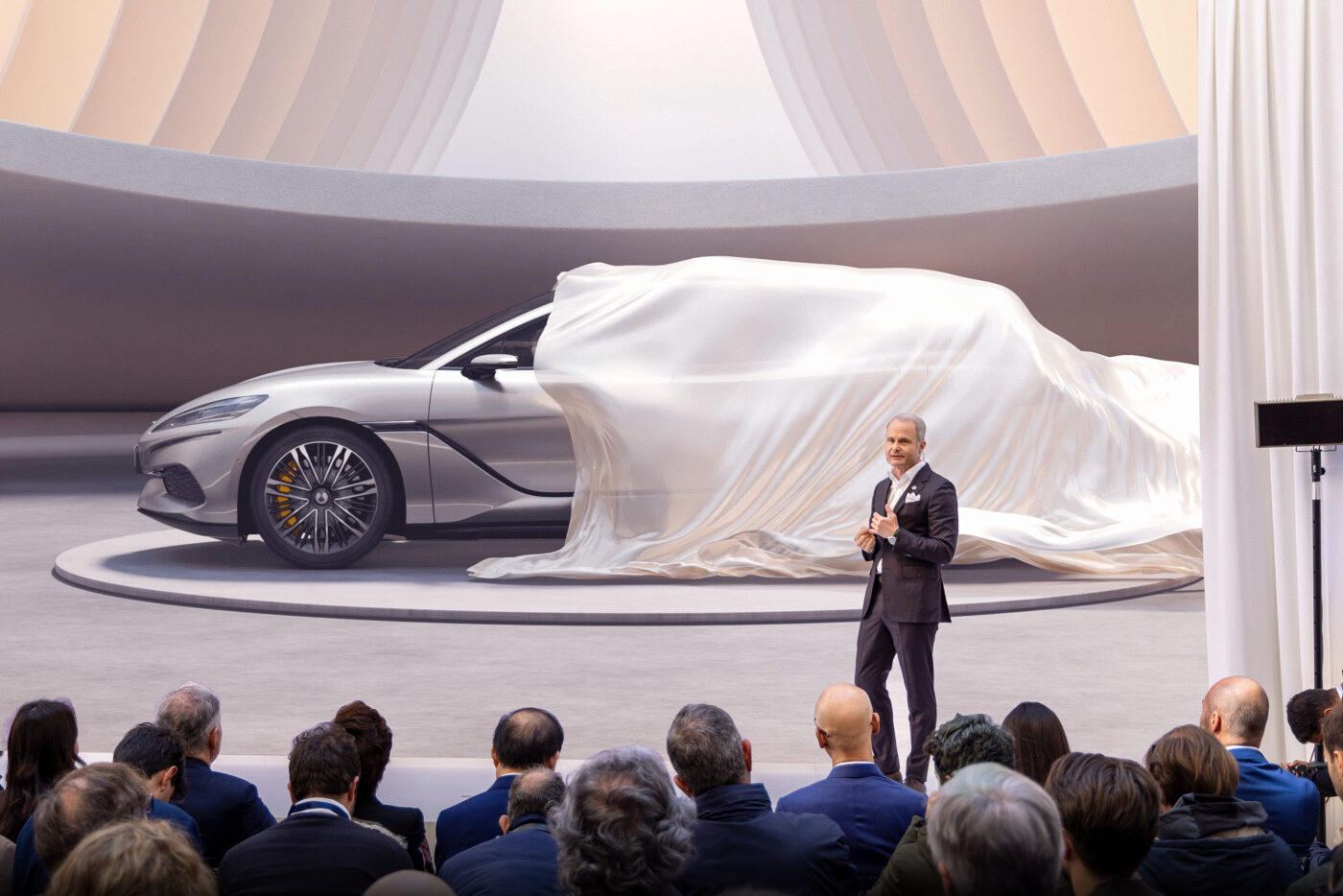
 Despite its length of 5.2 meters and its weight of almost 3 tons, the Z9GT will also be a success in Switzerland. Because the car is more maneuverable than any other, has a lot of power and range and is equipped with universal (all-wheel) technology. The maneuverability is a point that Denza is particularly proud of: two steering motors - one for each of the rear wheels - are controlled as required so that the right and left rear wheels steer autonomously, i.e. independently of each other as well as of the front axle. This gives the vehicle unrivalled maneuverability, improved stability when cornering and braking and, above all, revolutionary parking technology. Specifically, the car can be turned on the spot around its own front wheel vertical axle. The car masters lateral parking in the tightest of spaces by sliding the rear end in sideways, while the front is already positioned in the parking space like the tip of a compass. This technology gives the Z9GT a turning radius of 4.62 meters. A value with which the imposing Grand Tourer puts many city cars from the small car segment such as a Fiat 500 or Renault Twingo in the shade.
Despite its length of 5.2 meters and its weight of almost 3 tons, the Z9GT will also be a success in Switzerland. Because the car is more maneuverable than any other, has a lot of power and range and is equipped with universal (all-wheel) technology. The maneuverability is a point that Denza is particularly proud of: two steering motors - one for each of the rear wheels - are controlled as required so that the right and left rear wheels steer autonomously, i.e. independently of each other as well as of the front axle. This gives the vehicle unrivalled maneuverability, improved stability when cornering and braking and, above all, revolutionary parking technology. Specifically, the car can be turned on the spot around its own front wheel vertical axle. The car masters lateral parking in the tightest of spaces by sliding the rear end in sideways, while the front is already positioned in the parking space like the tip of a compass. This technology gives the Z9GT a turning radius of 4.62 meters. A value with which the imposing Grand Tourer puts many city cars from the small car segment such as a Fiat 500 or Renault Twingo in the shade. Denza builds the Z9GT on a so-called e3 platform with two different powertrains - purely electric or as a super DM hybrid. The electric version accelerates the car from 0 to 100 km/h in around three seconds. Its front motor delivers 230 kW/313 hp and each of its rear motors can generate a peak output of 240 kW/326 hp at a speed of up to 21,000 rpm. Under the hood of the plug-in hybrid Super DM version of the Z9GT is a turbocharged 2.0-liter petrol engine. Its peak output is 152 kW/207 hp with a torque of 325 Nm and, thanks to electric assistance, it achieves a total output of 200 kW/272 hp. Each of its rear electric motors then produces a further 220 kW/299 hp.
Denza builds the Z9GT on a so-called e3 platform with two different powertrains - purely electric or as a super DM hybrid. The electric version accelerates the car from 0 to 100 km/h in around three seconds. Its front motor delivers 230 kW/313 hp and each of its rear motors can generate a peak output of 240 kW/326 hp at a speed of up to 21,000 rpm. Under the hood of the plug-in hybrid Super DM version of the Z9GT is a turbocharged 2.0-liter petrol engine. Its peak output is 152 kW/207 hp with a torque of 325 Nm and, thanks to electric assistance, it achieves a total output of 200 kW/272 hp. Each of its rear electric motors then produces a further 220 kW/299 hp.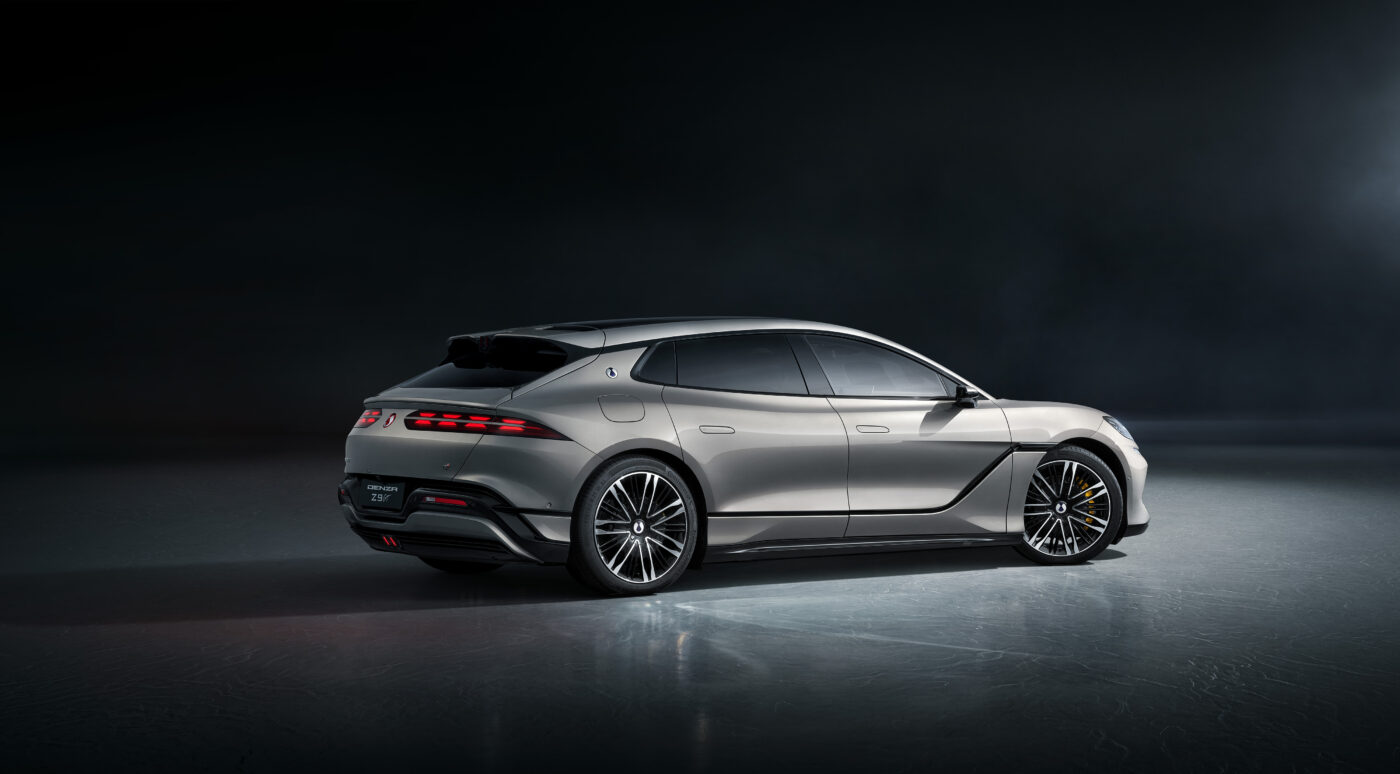 Design inspired by flowing silk and the golden mean
Design inspired by flowing silk and the golden mean Interior: high-quality saloon space meets high-end technology
Interior: high-quality saloon space meets high-end technology The built-in infotainment system is also high-end, with the focus on a central 17.3-inch screen. This display is supplemented by an additional 13.2-inch screen, which allows the person in the front passenger seat to interact with the vehicle's own entertainment system. The Devialet sound system is equipped with 20 loudspeakers and creates a cinema-quality sound experience. A cooling compartment is also part of the standard equipment, as is a panoramic glass roof with sun protection.
The built-in infotainment system is also high-end, with the focus on a central 17.3-inch screen. This display is supplemented by an additional 13.2-inch screen, which allows the person in the front passenger seat to interact with the vehicle's own entertainment system. The Devialet sound system is equipped with 20 loudspeakers and creates a cinema-quality sound experience. A cooling compartment is also part of the standard equipment, as is a panoramic glass roof with sun protection.

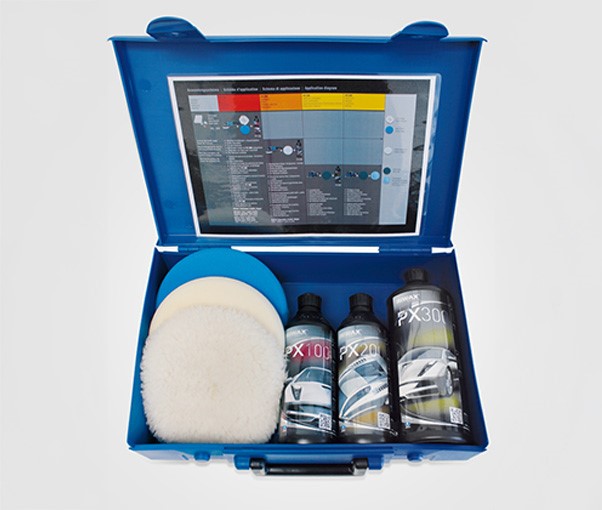
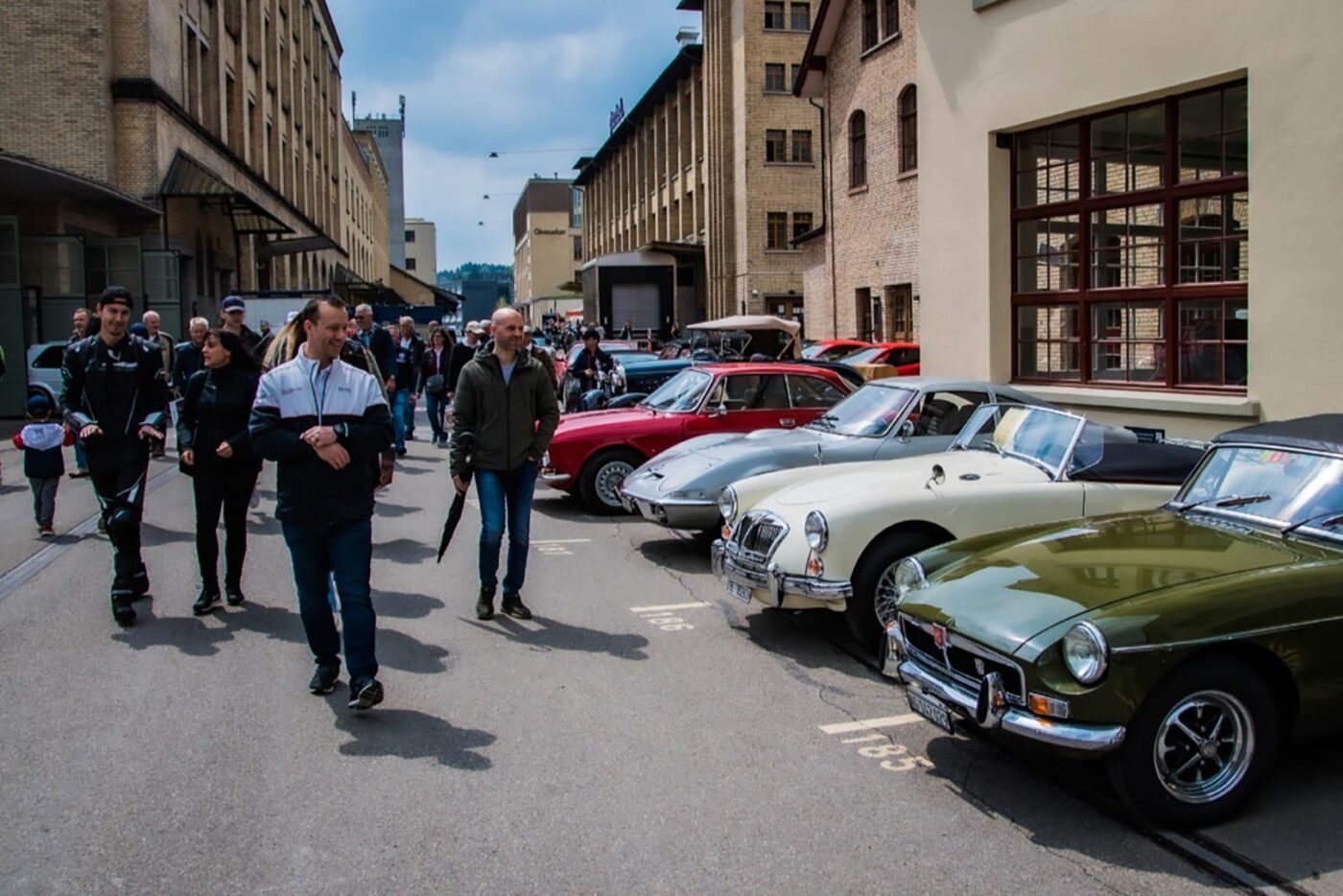

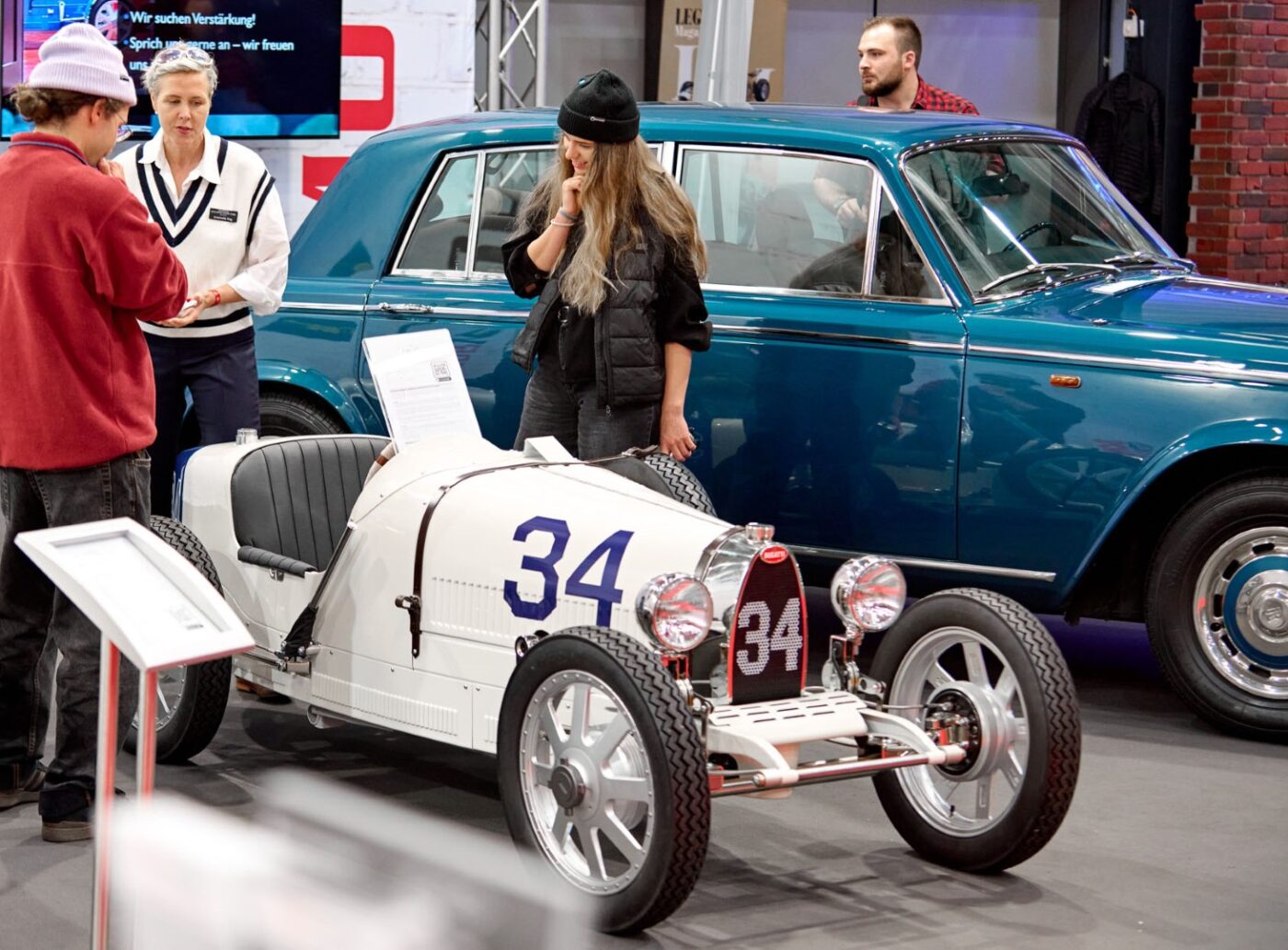




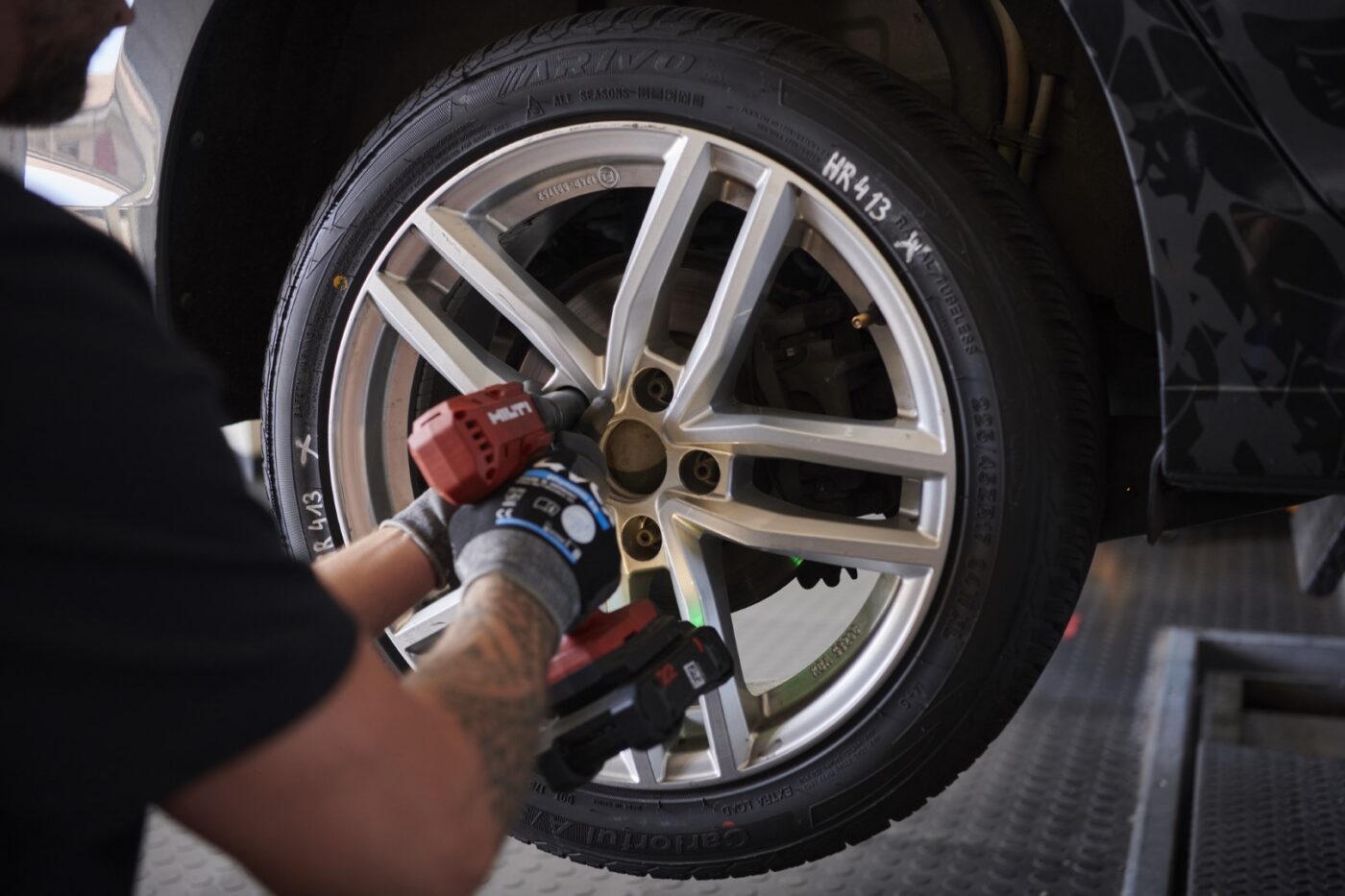

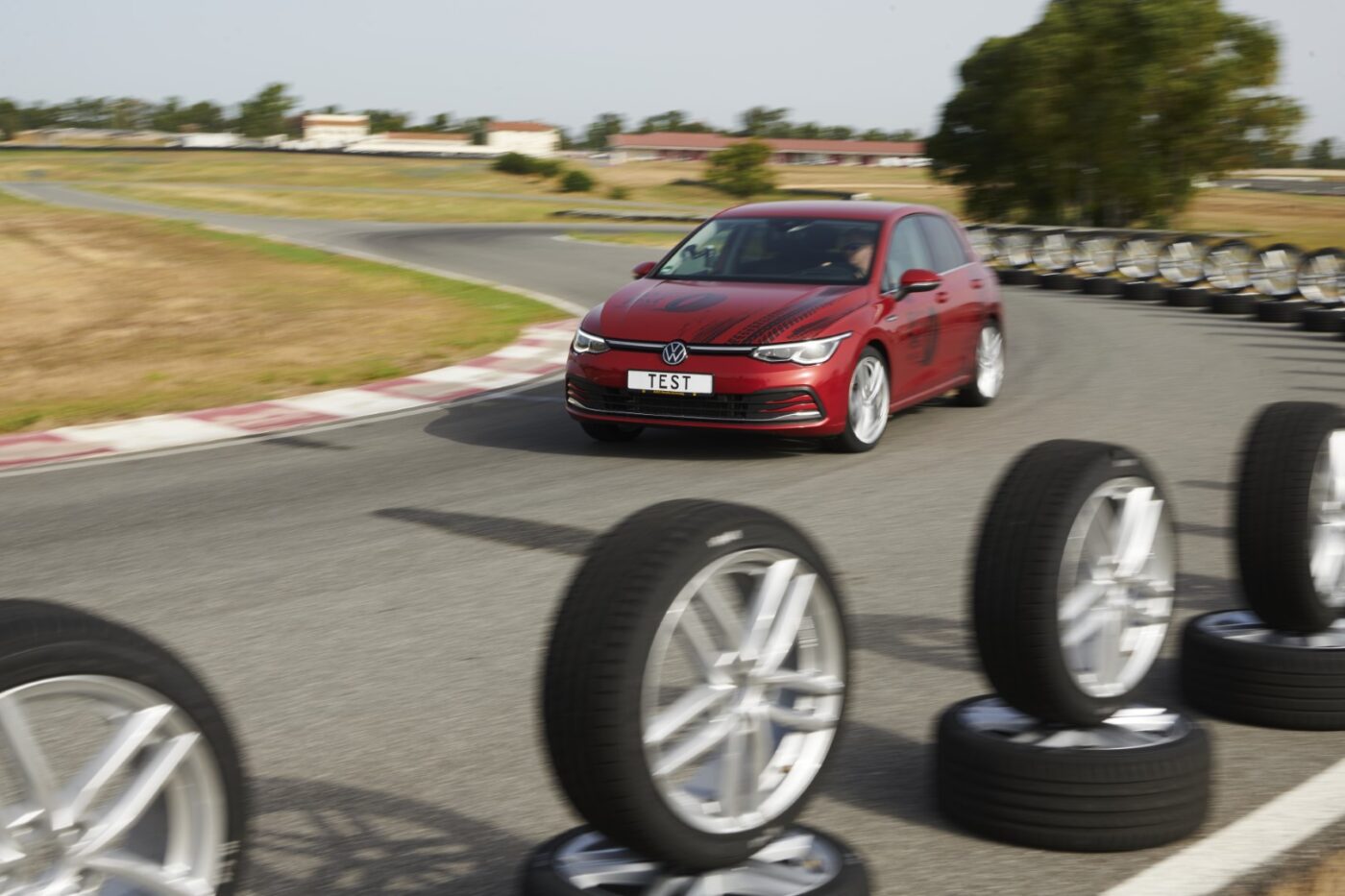
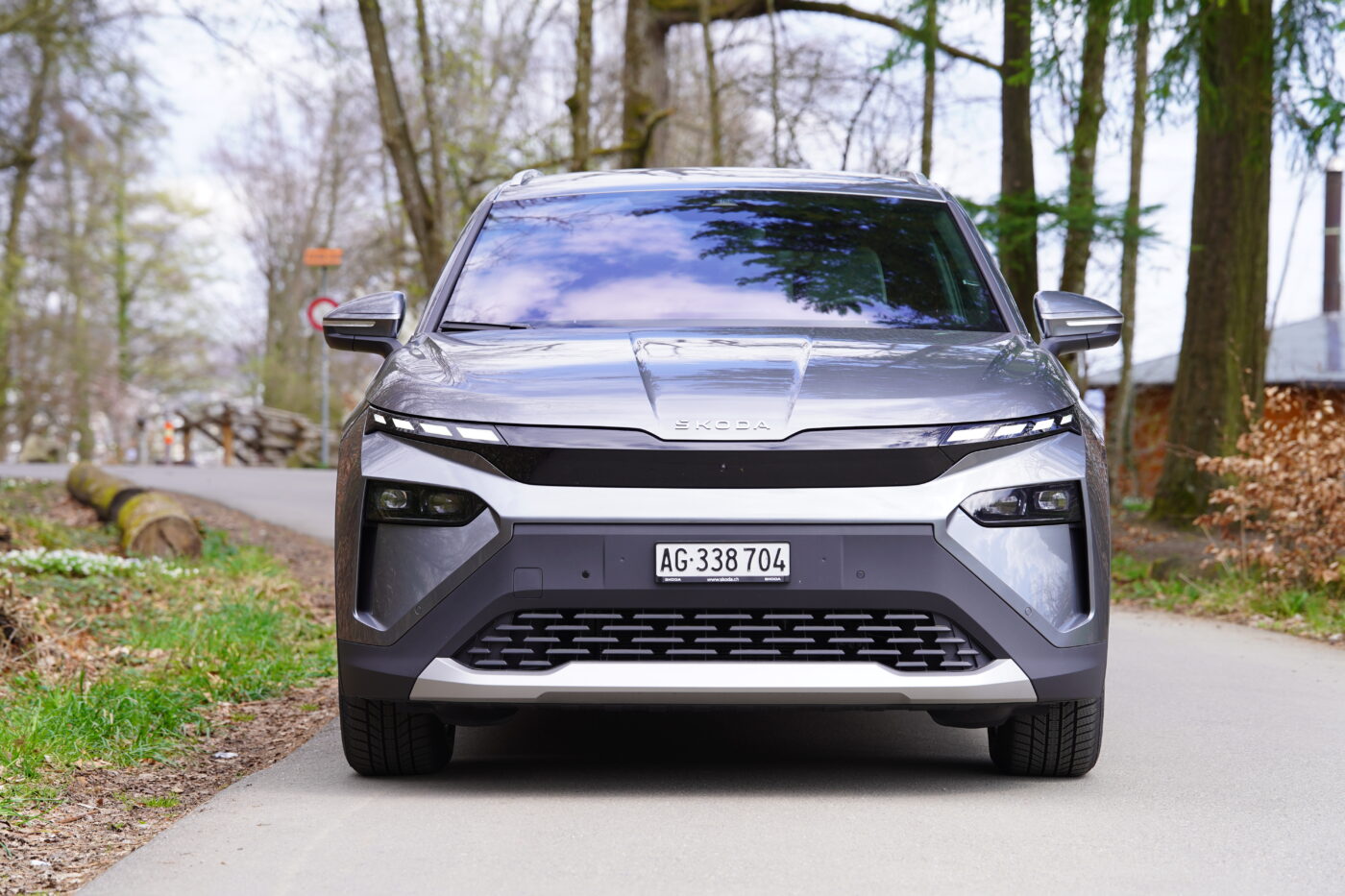
 The Elroq is available from us So far with two batteries (63 and 82 kWh) and in two power levels (150 kW/204 hp and 210 kW/286 hp). We test the Elroq 85 with the large battery and the powerful rear-wheel drive. The Skoda test car thus packs a whopping 545 Nm onto the rear axle, but drives comfortably and not too emphatically sporty - and that's a good thing. The 2.2-tonne E-SUV goes from 0 to 100 km/h in 6.6 seconds. Much more impressive is how agile and maneuverable the urban SUV is with its turning circle of just 9.3 meters. Even without all-wheel drive - still to come, as well as a sporty RS version - the Skoda cuts a fine figure in the test.
The Elroq is available from us So far with two batteries (63 and 82 kWh) and in two power levels (150 kW/204 hp and 210 kW/286 hp). We test the Elroq 85 with the large battery and the powerful rear-wheel drive. The Skoda test car thus packs a whopping 545 Nm onto the rear axle, but drives comfortably and not too emphatically sporty - and that's a good thing. The 2.2-tonne E-SUV goes from 0 to 100 km/h in 6.6 seconds. Much more impressive is how agile and maneuverable the urban SUV is with its turning circle of just 9.3 meters. Even without all-wheel drive - still to come, as well as a sporty RS version - the Skoda cuts a fine figure in the test.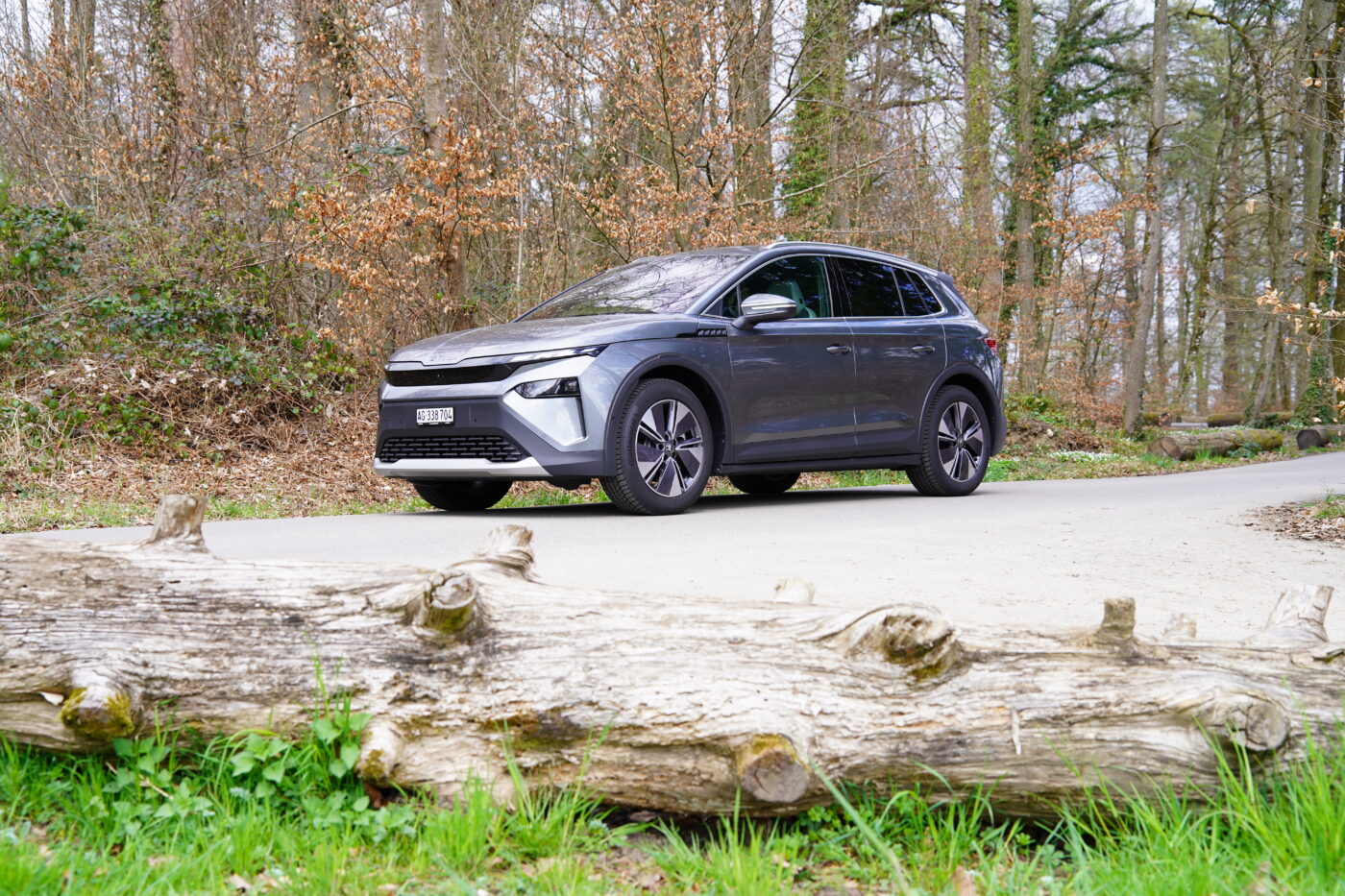 At the front, the Elroq as the first Skoda model with the new "Modern Solid" design language. However, the more aggressive look of the flat Matrix LED lights and the high-gloss black "Tech-Deck" cover instead of the traditional front grille are just as much a part of the modern appearance as the robust lower front bumper. The interior is beautifully finished with decorative stitching and orange seat belts. Clever: the storage compartment in the foot area of the rear center seat is removable. The head-up display impresses with its well-placed navigation and safety information, making it a pleasure to be guided or warned.
At the front, the Elroq as the first Skoda model with the new "Modern Solid" design language. However, the more aggressive look of the flat Matrix LED lights and the high-gloss black "Tech-Deck" cover instead of the traditional front grille are just as much a part of the modern appearance as the robust lower front bumper. The interior is beautifully finished with decorative stitching and orange seat belts. Clever: the storage compartment in the foot area of the rear center seat is removable. The head-up display impresses with its well-placed navigation and safety information, making it a pleasure to be guided or warned. On paper the Czech car has a WLTP range of 581 kilometers. In everyday use, it is more like 450 kilometers, but that is easily enough. In addition, the Skoda Stromer proved to be quite efficient in the test with a consumption of around 18 kWh/100 km. This is despite the fact that there were often four of us on the road and most of the time we didn't use the three manual recuperation levels via the steering wheel paddles.
On paper the Czech car has a WLTP range of 581 kilometers. In everyday use, it is more like 450 kilometers, but that is easily enough. In addition, the Skoda Stromer proved to be quite efficient in the test with a consumption of around 18 kWh/100 km. This is despite the fact that there were often four of us on the road and most of the time we didn't use the three manual recuperation levels via the steering wheel paddles. However, the compact e-SUV with its brand-typical "Simply Clever" details, such as the ice scraper in the trunk, the umbrella in the driver's door or retractable sun blinds in the doors, now also has its price at Skoda. The Elroq costs from 36,300 francs; our test car costs 44,511 francs.
However, the compact e-SUV with its brand-typical "Simply Clever" details, such as the ice scraper in the trunk, the umbrella in the driver's door or retractable sun blinds in the doors, now also has its price at Skoda. The Elroq costs from 36,300 francs; our test car costs 44,511 francs.
